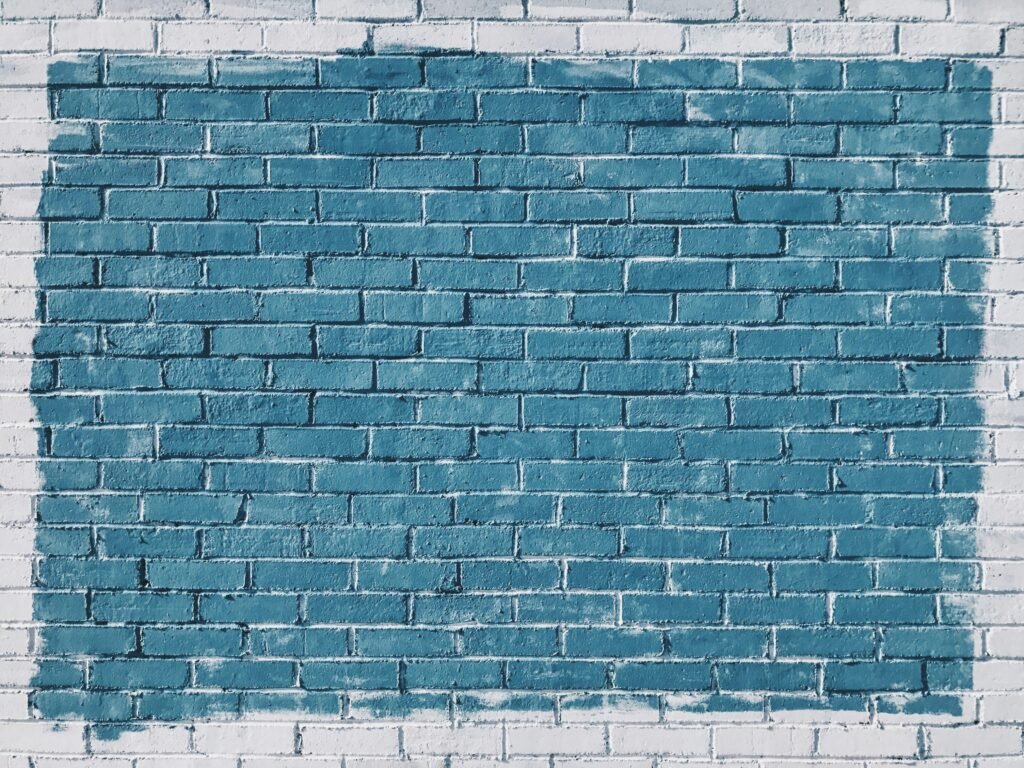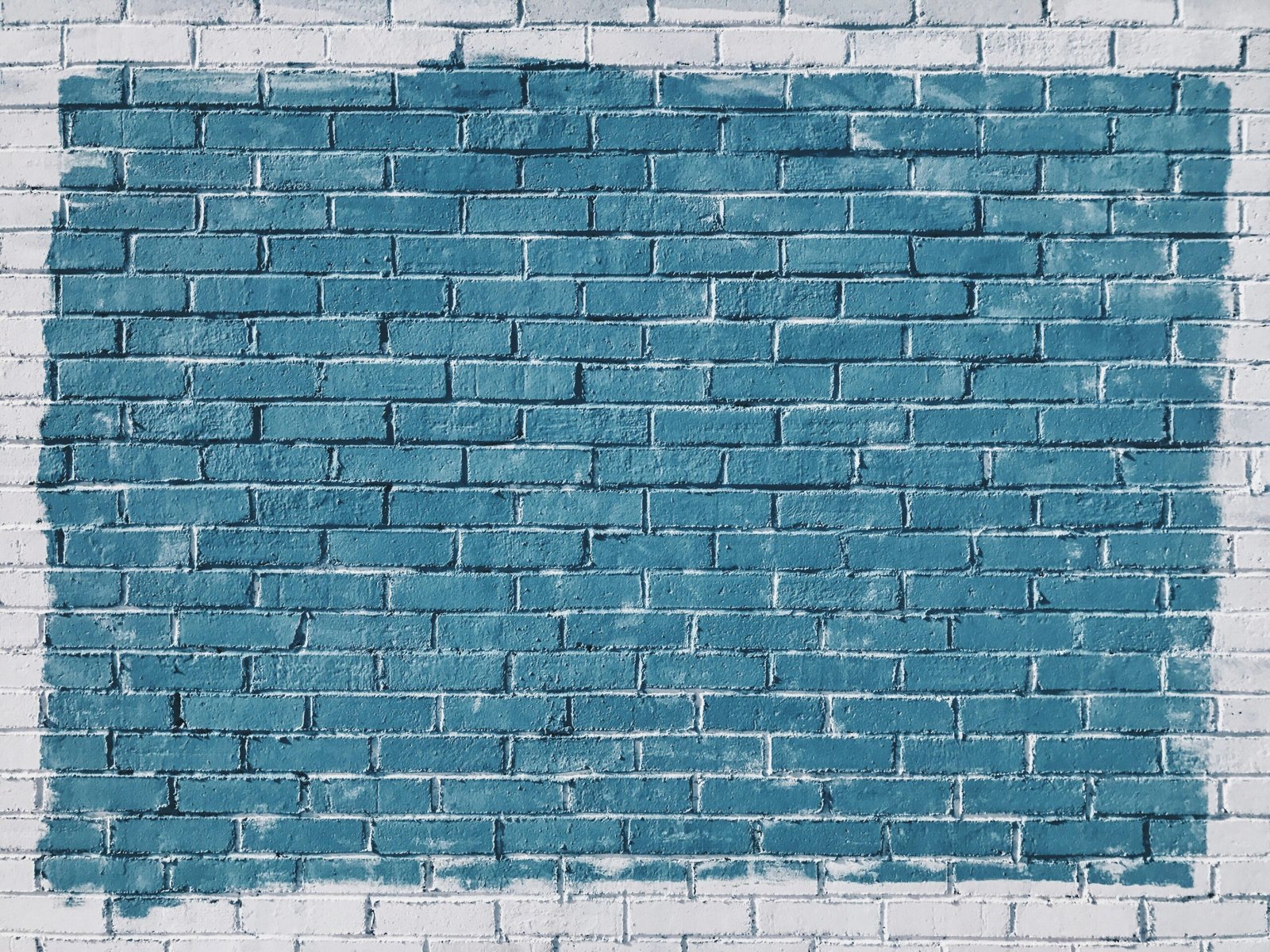In this article, you will discover the key elements of mastering fireproof and waterproof design features. Whether you are a homeowner or a designer, understanding how to incorporate these safety measures into your residential or commercial spaces is essential. We will explore the latest technologies, materials, and techniques that can provide an added layer of protection and peace of mind. From fire-resistant insulation to waterproof coatings, you will gain valuable insights into creating spaces that prioritize safety without compromising on style. So, let’s dive in and uncover the secrets to mastering fireproof and waterproof design features.

This image is property of images.unsplash.com.
Choosing fireproof materials
Understanding fire ratings
When it comes to choosing fireproof materials, understanding fire ratings is crucial. Fire ratings determine the level of fire resistance that a material possesses. Common fire ratings include Class A, Class B, and Class C, with Class A being the highest level of fire resistance. By understanding fire ratings, you can make informed decisions about which materials to use in your construction projects to ensure maximum fire protection.
Exploring fireproof materials
To create a fireproof environment, it is essential to explore the various fireproof materials available. Some commonly used fireproof materials include fire-resistant concrete, fire-rated gypsum board, fire-resistant glass, and fireproof insulation. These materials are specially designed to withstand high temperatures and prevent the spread of fire. By incorporating fireproof materials into your construction projects, you can enhance the safety of the building and protect both occupants and possessions.
Considering fire resistance in design
When designing a building, it is important to consider fire resistance as a key aspect. This involves making strategic design choices that minimize the risk of fire and maximize the chances of containment. These choices may include incorporating fire barriers, designing adequate fire escape routes, and ensuring proper ventilation. By considering fire resistance in the design phase, you lay the foundation for a fireproof structure that can withstand potential fire hazards.
Waterproofing techniques
Applying waterproof coatings
One effective technique for waterproofing is the application of waterproof coatings. These coatings are typically made of materials such as bitumen or rubber and are applied to surfaces to create a protective barrier against water. Waterproof coatings can be used on roofs, walls, and foundations to prevent water intrusion and potential water damage. By applying waterproof coatings, you can enhance the durability and longevity of your building.
Sealing gaps and joints
Another important waterproofing technique is sealing gaps and joints. Water can easily seep through small openings in the construction, such as gaps between windows and walls or joints between building components. By properly sealing these gaps and joints using sealants or waterproof tapes, you can prevent water from infiltrating the building. This helps to maintain the building’s structural integrity and protects against water-related issues like mold and mildew growth.
Using waterproof building materials
In addition to applying coatings and sealing gaps, using waterproof building materials is crucial for effective waterproofing. Some common waterproof building materials include waterproof membranes for roofs and walls, waterproof sealants for windows and doors, and waterproof sheeting for foundations. These materials create a sturdy barrier against water intrusion, ensuring your building remains dry and resistant to potential water damage.

This image is property of images.unsplash.com.
Fire and water-resistant construction
Implementing fire barriers
Implementing fire barriers is essential for creating a fire and water-resistant construction. Fire barriers are physical barriers designed to prevent the spread of fire within a building. They can be made of various materials, such as fire-resistant walls, doors, and ceilings. By strategically placing fire barriers throughout the building, you can contain fires and limit their destructive potential. This is crucial for protecting lives and minimizing property damage.
Installing sprinkler systems
Installing sprinkler systems is another critical aspect of fire and water-resistant construction. Sprinkler systems are designed to automatically spray water when a fire is detected, helping to suppress the flames and control the fire’s spread. By installing sprinkler systems, you provide an additional layer of fire protection, ensuring a quick response in case of fire emergencies. This significantly increases the chances of saving lives and reducing property damage.
Designing water drainage systems
When it comes to water resistance in construction, designing efficient water drainage systems is vital. Proper water drainage prevents water accumulation, which can lead to structural damage and water-related issues. This includes designing effective gutters, downspouts, and drainage pipes to redirect water away from the building. By incorporating well-designed water drainage systems, you can protect your building from water damage and maintain its structural integrity.
Fireproof and waterproof electrical systems
Using fire-resistant wiring
To ensure the safety of electrical systems, it is important to use fire-resistant wiring. Different types of wiring have varying levels of fire resistance. Choosing wiring with higher fire resistance can help prevent electrical fires and limit their spread. Fire-resistant wiring is typically made of materials like fiberglass or mineral insulation, which are less prone to catching fire or melting under high temperatures. By using fire-resistant wiring, you greatly reduce the risk of electrical fires in your building.
Installing watertight electrical enclosures
In addition to fire resistance, watertight electrical enclosures are crucial for protecting electrical systems from water damage. These enclosures, typically made of materials like plastic or stainless steel, prevent water from entering and damaging the electrical components. By installing watertight electrical enclosures, you create a protective barrier that ensures the safe operation of electrical systems, even in wet environments.
Implementing circuit protection
Implementing circuit protection is another important aspect of fireproof and waterproof electrical systems. This includes using circuit breakers, fuses, and ground fault circuit interrupters (GFCIs) to detect and reduce the risk of electrical overloads, short circuits, and electrical shocks. By implementing circuit protection measures, you enhance the safety of your electrical systems, reducing the chances of electrical fires and water-related electrical hazards.

This image is property of images.unsplash.com.
Fire and water-resistant doors and windows
Installing fire-rated doors
Installing fire-rated doors is essential for creating fire and water-resistant openings in a building. Fire-rated doors are specially designed and constructed to resist fire and smoke for a specified period. They are made of fire-resistant materials and equipped with fire-rated hardware, such as self-closing mechanisms and intumescent seals. By installing fire-rated doors, you create a barrier that can delay the spread of fire and smoke, allowing more time for safe evacuation and minimizing property damage.
Using tempered or laminated glass for windows
Windows are vulnerable points in a building’s defense against fire and water. Using tempered or laminated glass for windows enhances their fire and water resistance. Tempered glass is heat-treated to make it more resistant to high temperatures, while laminated glass consists of multiple layers with an interlayer that provides added strength. By incorporating tempered or laminated glass in windows, you reduce the risk of glass breakage during a fire and improve the window’s ability to withstand water pressure.
Applying fire-resistant coatings to door and window frames
To further enhance the fire and water resistance of doors and windows, applying fire-resistant coatings to door and window frames is beneficial. These coatings are typically made of fire-retardant materials and are applied to the frames to delay the spread of fire. By applying fire-resistant coatings, you create an additional protective layer that helps prevent the fire from reaching the gaps between the frames and the walls, reducing the risk of fire and water damage.
Fireproof and waterproof furniture and furnishings
Choosing fire-retardant upholstery
When selecting furniture and furnishings, opting for fire-retardant upholstery is crucial. Fire-retardant upholstery is treated with chemicals that reduce the flammability of the fabric, slowing down the progress of a fire. By choosing fire-retardant upholstery for sofas, chairs, and other upholstered furniture, you minimize the risk of furniture contributing to the spread of fire and increase the potential for safe evacuation.
Using waterproof materials for furniture
In addition to fire resistance, using waterproof materials for furniture is important for protecting against water damage. Waterproof materials, such as vinyl or leather, repel water and are less susceptible to staining or molding. By using waterproof materials for furniture, you ensure their durability and longevity, even in environments prone to water exposure.
Opting for fire-safe decorations
When decorating a fire and water-resistant space, it is important to opt for fire-safe decorations. This includes choosing decorations made of non-combustible materials, like metal or stone, and avoiding highly flammable materials such as paper or fabric. By opting for fire-safe decorations, you enhance the overall fire resistance of the space while still creating an aesthetically pleasing environment.
Fireproof and waterproof storage solutions
Utilizing fireproof safes and cabinets
To protect valuable documents and belongings, utilizing fireproof safes and cabinets is essential. Fireproof safes and cabinets are specifically designed to withstand high temperatures and protect their contents from fire damage. They are constructed with fire-resistant materials and often have fire ratings indicating their level of protection. By utilizing fireproof safes and cabinets, you provide a secure storage solution that safeguards important items from both fire and water hazards.
Investing in waterproof storage containers
In addition to fire-resistant storage, investing in waterproof storage containers is important for safeguarding belongings from water damage. Waterproof storage containers are designed to prevent water from entering and damaging the contents. They can be made of materials like plastic or metal and are often equipped with tight-sealing lids or gaskets. By investing in waterproof storage containers, you ensure the integrity of stored items, even in the event of a water-related incident.
Organizing with fire and water-resistant file systems
When it comes to organizing documents, utilizing fire and water-resistant file systems is crucial. Fire and water-resistant file systems are designed to protect important papers from fire and water damage. They often feature fire-resistant materials and sealants to keep documents safe and secure. By organizing with fire and water-resistant file systems, you ensure the preservation of critical records, even in the face of fire or water-related emergencies.
Fire and water-resistant insulation
Using fire-resistant insulation materials
Incorporating fire-resistant insulation materials is essential for creating a fire and water-resistant building envelope. These materials are designed to resist high temperatures and prevent the spread of fire. Some common fire-resistant insulation materials include mineral wool, fiberglass, and cellulose. By using fire-resistant insulation materials, you enhance the fire resistance of your building and reduce the potential for fire to spread through the walls or ceiling.
Applying waterproof insulation coatings
To ensure the durability and water resistance of insulation, applying waterproof insulation coatings is important. These coatings are typically spray-applied and create a protective barrier around the insulation material, preventing water from penetrating and causing damage. By applying waterproof insulation coatings, you maintain the integrity of the insulation and prevent potential water-related issues, such as mold or rot.
Considering vapor barriers in insulation
When installing insulation, considering vapor barriers is crucial for managing moisture and preventing water damage. Vapor barriers are materials or coatings that restrict the movement of moisture through the building envelope. By installing vapor barriers in conjunction with insulation, you can control condensation and prevent the accumulation of moisture within the walls or ceiling. This helps to maintain a dry and water-resistant environment.
Maintenance and regular inspections
Checking fire alarm systems and sprinklers
Regular maintenance and inspections are vital for ensuring the effectiveness of fire alarm systems and sprinklers. This includes testing the functionality of smoke detectors, ensuring proper water flow in sprinkler systems, and checking for any signs of damage or malfunction. By conducting routine inspections and maintenance, you can identify and address any issues promptly, maximizing the performance of these crucial fire protection systems.
Inspecting doors and windows for gaps
Another important aspect of maintenance is inspecting doors and windows for gaps that can compromise the fire and water resistance of the building. Gaps in doors and windows can allow heat, smoke, and water to enter, reducing the effectiveness of fire protection measures. By regularly inspecting doors and windows and sealing any gaps, you ensure the integrity of the building envelope and maintain its fire and water resistance.
Testing electrical systems and wiring
Regularly testing electrical systems and wiring is essential for identifying any potential fire or water-related hazards. This includes checking for loose connections, inspecting wiring for signs of damage or wear, and testing the functionality of circuit breakers and GFCIs. By conducting regular electrical inspections and testing, you can identify and resolve any issues before they lead to electrical fires or water-related electrical hazards.
Emergency preparedness and evacuation plans
Developing fire evacuation routes
In order to prepare for fire and water-related emergencies, developing fire evacuation routes is crucial. Fire evacuation routes provide clear instructions for occupants to safely exit the building in the event of a fire. These routes should be well-marked, easily accessible, and free from potential obstructions. By developing and regularly reviewing fire evacuation routes, you ensure that occupants can evacuate quickly and safely during emergencies.
Creating emergency response plans
Creating comprehensive emergency response plans is essential for effectively managing fire and water-related emergencies. These plans should outline procedures for reporting emergencies, coordinating emergency personnel, and communicating with occupants. Additionally, they should include protocols for shutting off utilities, activating fire suppression systems, and responding to water-related incidents. By creating emergency response plans, you establish a structured and coordinated approach to handling emergencies, minimizing panic and maximizing safety.
Training employees for fire and water-related emergencies
Properly training employees for fire and water-related emergencies is key to ensuring a safe and effective response. Employees should receive training on fire safety procedures, evacuation routes, and the proper use of fire extinguishers. They should also be familiar with the location and operation of sprinkler systems and emergency response equipment. By providing comprehensive training, you empower employees to respond appropriately in emergency situations, potentially saving lives and reducing property damage.
In conclusion, mastering fireproof and waterproof design features is crucial for ensuring the safety and protection of buildings, occupants, and belongings. By understanding fire ratings, exploring fireproof and waterproof materials, considering fire resistance in design, and implementing various fire and water-resistant construction techniques, you can create a secure and durable environment. Additionally, by incorporating fire and water-resistant electrical systems, doors and windows, furniture and furnishings, storage solutions, insulation, and by conducting regular maintenance and inspections, you enhance the overall fire and water resistance of the building. Finally, by developing emergency preparedness and evacuation plans and providing employees with proper training, you establish a proactive approach to managing fire and water-related emergencies. By implementing these design features and practices, you can create a safe and resilient space that provides peace of mind for everyone inside.
